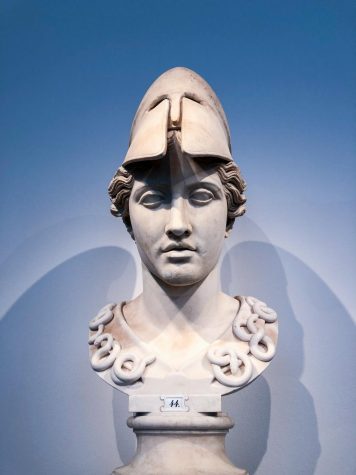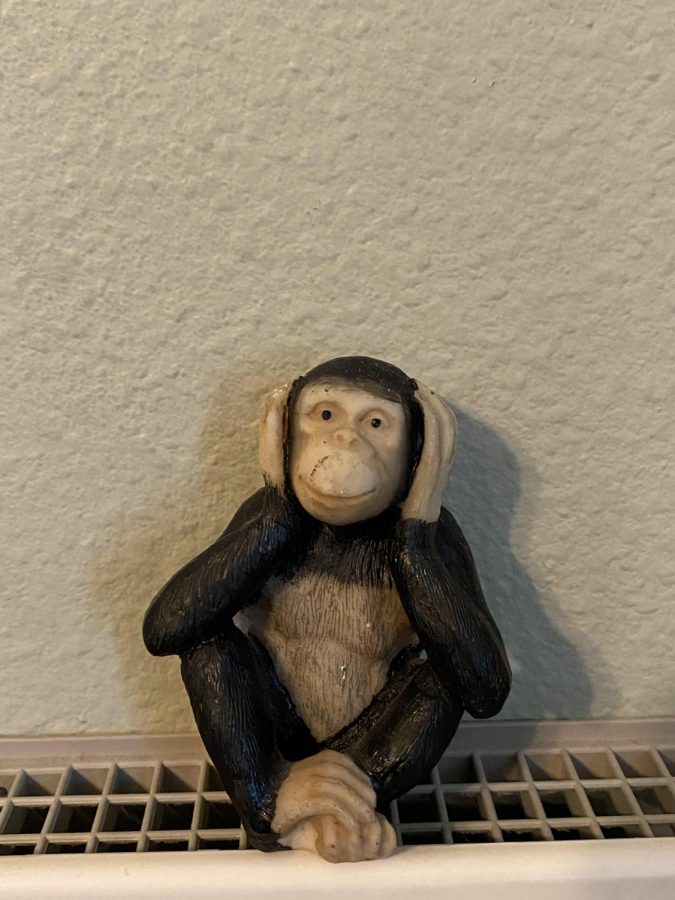How Does Art Represent a Culture in History?
According to Meriam-Webster, culture is defined as “the customary beliefs, social forms, and material traits of a racial, religious, or social group.”
Art, from sculptures to literature, has defined culture throughout history.

Primitive humans in the Stone Age depicted buffalo hunts and other early activities through cave drawings and carvings.
“Art represents everything from daily life, like the cave paintings of hunts to the mythology of the time,” said junior Mary Sullivan.
During the Roman Empire, intricate sculptures depicted artists’ ideas of what their gods and mythical heroes looked like.
Fast forward to the later year of the 19th century.
Van Gogh created realistic paintings depicting the life of the people around him in nature as well as in towns and homes.
Paintings portray cultures’ intricacies and dimensions with flat canvases. They can be made in many different ways.
“When I think of art, paintings like the Mona Lisa usually come to mind, so I’d say paintings are the most memorable,” said junior Nathan Johnson.
Artists also show their perspectives, portraying their opinions and views of a topic through abstract forms without directly stating them.
Art leaves a distant memory of old cultures and societies through abstract forms and those forms are what appeal most to the artist.
Another very common form of art and displaying culture is its music.
Music gives a rhythm that matches that piece’s wording, conveying emotion to the words with different sounds that people can associate with a feeling.
“When [I think] of art, music is the most memorable because it conveys so much even without any words and it can resonate with a person for so long,” said sophomore Sasha Mabray.
Used by almost all cultures, literature is also considered an art form that can give information or set laws for the people who read it.
Ancient gods, religions, books, and even more methods of portraying a picture of words have been products of literature.
“Literature uses speech and slang that people used during that time, which demonstrates how people actually talked,” said Johnson.
During the Elizabethan age (1500s- 1600s), Shakespeare created stories and did plays that showed more civil lifestyles while giving entertainment to audiences worldwide. He changed the literary landscape through revolutionary pieces exploring the meaning of life, death, religion and more through the lens of fictional characters. His works are the most famous in the world.
All cultures are represented by the artists of their culture.
How will your culture be remembered in history?

I am a journalist at AAHS, I enjoy skiing and writing in my free time. I also enjoy spending time talking to Friends and making fun out of stuff that is...








